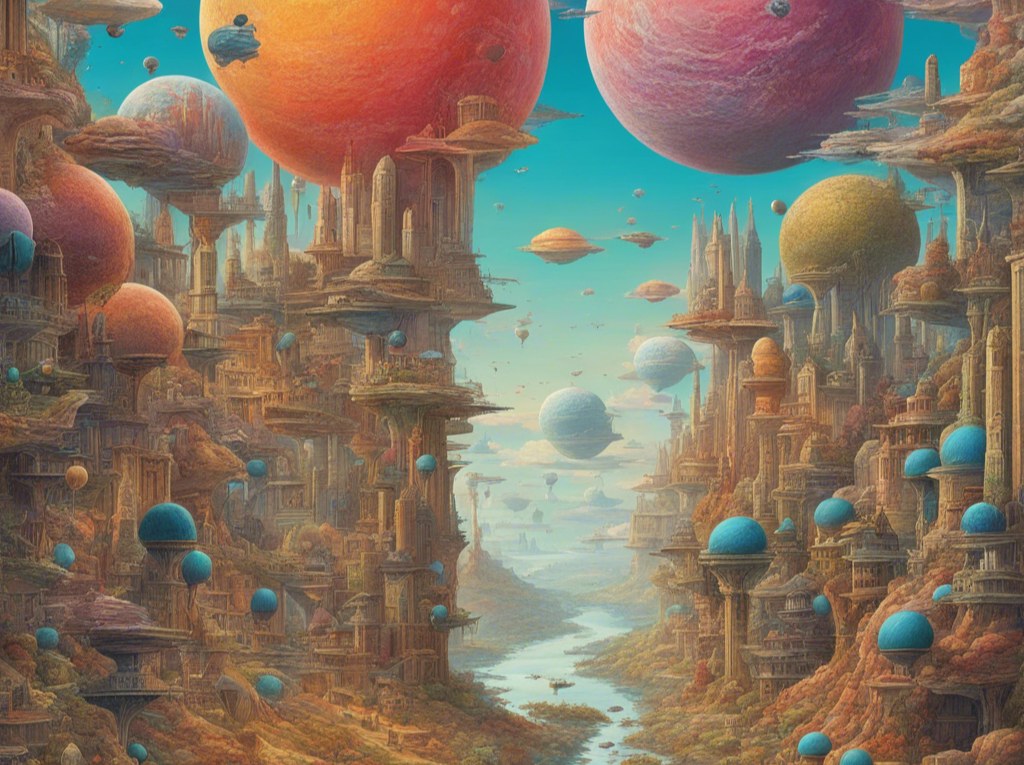We have entered an era where artificial intelligence shapes much of our digital interaction, and two groundbreaking platforms have emerged as frontrunners in the race to redefine conversational AI: OpenAI’s ChatGPT and Google’s Bard.
These AI behemoths, though similar in their quest to make digital conversations more human-like, diverge significantly in their approach, capabilities, and applications. This article delves into their features and potential.
As we embark on this exploration, we aim to dissect not just the technical nuances that set these AI giants apart, but also to understand how they are charting new territories in human-AI interaction. From their underlying architecture to real-world applications, this analysis seeks to unravel the complexities and highlight the unique strengths and limitations of ChatGPT and Google Bard, thereby providing a thorough guide to these pillars of modern AI conversation.
One of the first things I did when researching this article was to ask both ChatGPT and Google Bard about how they compare to one another. The interesting thing is that they had very similar answers, although each emphasized the points where they had an advantage. For the most part, though, their analysis was underwhelming, ignoring many of the key features and differences between them.
🤓 The Underlying Structure of ChatGPT vs. Google Bard
ChatGPT is built on the OpenAI’s GPT models (both 3.5 and 4), which was built on a massive set of training data that includes Common Crawl, Wikipedia, books, articles, documents, and content scraped from the open internet. ChatGPT 3.5’s dataset ends in 2021, while 4 can be used to perform current web searches.
Bard, on the other hand, was trained on the Infiniset LLM, which includes more limited data sources: Common Crawl, Wikipedia, documents, and conversations from the web. Bard can also use Google’s search results for additional, up-to-date information.
👀 Which one is better at research?
With the advent of ChatGPT 4, premium users can now access live search functions via Bing. ChatGPT 4 will also cite sources for the research it does, making it easy to reference the original articles or studies.
ChatGPT 3.5 users, however, are limited to data that was added to the LLM in early 2023. This might work fine if you’re researching historical facts but is much less useful if you’re trying to find current information.
Bard, on the other hand, has direct access to Google search for free. In addition, it will fact-check itself as it generates content, highlighting sections with supporting search results in green and those with conflicting search results in orange. This makes it easy to support your arguments or to determine whether you want to change what Bard has written.
Considering Google search is generally considered better than Bing and the built-in fact-checking, the advantage here goes to Bard.
✍️ Which one is the better writer?
ChatGPT definitely excels at creative writing over Bard. It’s also easier to train it to write in a particular style. For example, I uploaded half a dozen of my better articles to ChatGPT and asked it to analyze them. I then instructed it to save that style and gave it a basic prompt for an article to write.
The results were actually alarming. Not only did it write like me, it actually wrote better than I do in a lot of ways, at least for a first draft. The prose it turned out would have taken me 3-4 drafts and easily a few days’ worth of work. It wrote the same in less than five minutes. While some of it was a little bit over-written, a few more prompts and I could have a publishable article that very few people would be able to tell I didn’t write from scratch myself.
Bard, on the other hand, is great at conversation but not so good at long-form creative writing. That said, it will flag places where you’d want to fact-check its answers, which can be incredibly useful for many writers. This is a big advantage over ChatGPT.
ChatGPT wins this round, though, because it can handle creative writing much better than Bard (for now at least).
🌉 Which one has more useful image tools?
Images are handled in very different ways between Bard and ChatGPT. Bard can find image results from the internet, which is a great tool if you’re looking for editorial images for a piece of content.
ChatGPT, on the other hand, can produce AI-generated images using the DALL-E engine. You can upload a base image for it to generate from, which is also useful if you want to avoid confusion or have very specific requirements. That said, ChatGPT does not always get images right, and will even attempt to gaslight you and tell you an image does or doesn’t contain a particular feature when the opposite is true. I recently encountered this with multiple iterations of a particular image (I kept telling ChatGPT that the person in the image should not have a beard, it kept telling me it was generating an image without a beard while very clearly giving the person a wizard-level, waist-long long beard).
One area where both tools work well is in analyzing images. The main difference is that Bard lets you do it for free, while ChatGPT only offers image analysis in GPT 4. I’ve used ChatGPT 4 to analyze designs and point out where they do and don’t follow design principles, and for the most part, the analysis was accurate and well structured.
This one is a tie because it depends on what type of image you’re looking for. If you want an existing image from the internet, go with Bard. If you want an AI-generated image, ChatGPT is the winner.
🎯 Which one is more accurate?
If there was ever a loaded question, this one is it. There have been countless tests run to assess the accuracy of ChatGPT and other AI systems, and none have been particularly inclusive. A lot of it depends on what you’re asking the AI for, how much data is available, whether conflicting data exists, and how definitive an answer can be given.
Both ChatGPT 4 and Google Bard have built-in mechanisms for fact-checking them. In ChatGPT, citations are used for some facts, making it easy to see where the information came from and whether you deem the source reputable or not. As already mentioned, Bard highlights text in different colors to show whether there is supportive or contradictory information available in search results.
One area where most AI systems don’t have very good accuracy is math. It might seem like math would be one of the easiest areas for AI to excel (since there is almost definitely a right and wrong answer, and often there are very prescriptive methods for getting to that answer), but because they use LLMs instead of a more traditional tool like a calculator, they often make errors. They’re looking at patterns and statistics to solve an equation rather than relying on standard computational methods.
As far as which AI tool is more accurate: it’s a draw, for now at least. You’re going to have to fact-check any important information you get from an AI for the foreseeable future.
💨 Which one is faster?
“Faster” is relevant. Bard performs web searches faster than ChatGPT, but considering how much variation there is between the output of the two tools, it’s hard to make an apples-to-apples comparison. Bard might spit out a faster answer, but if the answer is shorter or less comprehensive than ChatGPT’s (which is often the case), then speed is less relevant.
🎙 Which one has voice tools?
Both ChatGPT and Bard include voice tools, but for right now, only ChatGPT offers back-and-forth voice conversations in the mobile app. ChatGPT also allows you to change the voice that it uses, which is a nice touch. The downside to the voice capability is that it won’t work if you’re also using the web search feature, which limits its usefulness. Bard can speak its answers out loud, but the voice it uses is pretty robotic.
⚡️ Other Differences
ChatGPT and Google Bard have some other key differences. For one, Bard directly interfaces with Google Docs and Gmail. That means you can export your conversations to a Doc or email draft without having to copy and paste.
ChatGPT Premium now also offers GPTs—programmable versions of ChatGPT that specialize in specific things. You can create GPTs for virtually any use case, training it on specific data or within particular parameters to return more consistent and relevant results. For example, I’ve created a GPT just for rewriting and updating previously-published articles that includes and SEO analysis. It greatly speeds up my workflow when updating old content and is more effective than simply asking standard ChatGPT to do the same thing (plus it’s more streamlined since my prompts can be shorter).
💬 Conclusion
Considering that ChatGPT was only released publicly less than 15 months ago and Bard was released less than a year ago, both have had an outsized impact on the tech world and beyond. They’re also both evolving and improving at an unprecedented rate.
Generative AI is still an emerging field, despite the ubiquity of its presence in our lives. It’s completely changed the way many people work, streamlining once time-consuming activities and making it simple to complete numerous tasks.
Considering how fast each platform is evolving, it’s a good idea to check features regularly and test out both systems for various projects to see which one better meets your needs.




